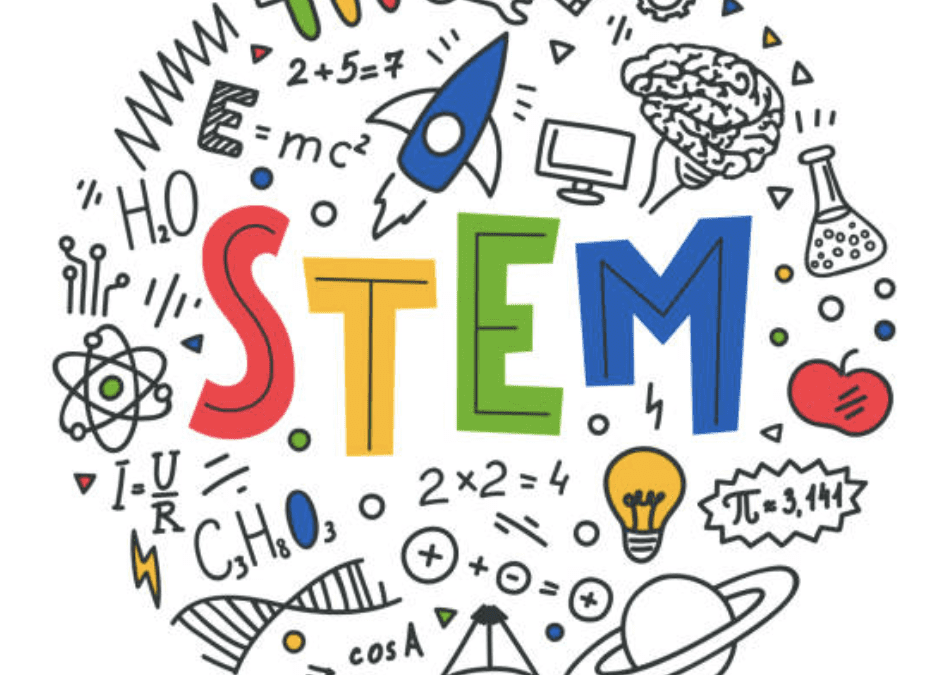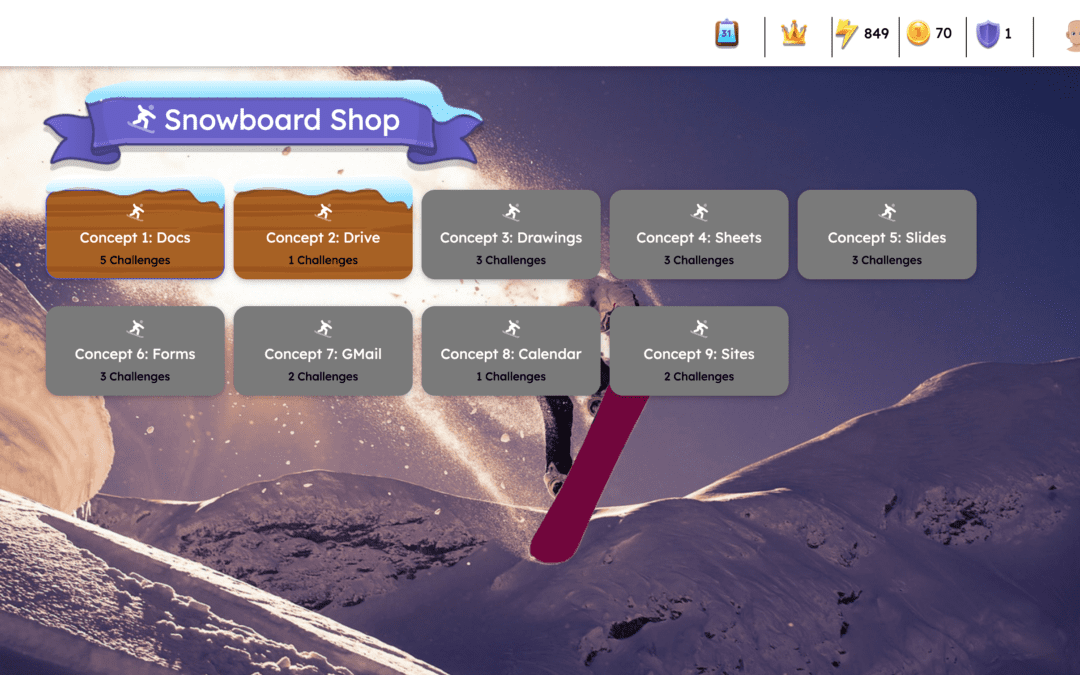In today’s rapidly evolving digital landscape, the ability to think computationally is more crucial than ever before. From problem-solving to innovation, these skills equips students with tools preparing them for success in a variety of career paths. In this blog, we’ll delve into the significance of computational thinking in education and explore practical ways educators can integrate it into their curricula to better prepare students for the future.
Understanding Computational Thinking
Computational thinking involves breaking down complex problems into smaller, more manageable parts, identifying patterns, abstracting essential details, and devising step-by-step solutions. These skills are valuable in the field of computer science and also in various other disciplines and real-world scenarios. This empowers students to tackle challenges logically and analytically, ensuring academic and professional success.
Computational Thinking in Diverse Careers
The application of computational thinking extends far beyond the realm of technology and software development. In fields such as science, research, business, finance, and even creative industries like design and architecture, computational thinking plays a vital role. These principles are essential in data analysis, experiments, strategic decisions, and innovative design across careers.
Benefits in Education
Integrating computational thinking into education offers numerous benefits for students. It enhances problem-solving skills, promotes adaptability, fosters innovation and creativity, and improves overall engagement and learning outcomes. As such, incorporating these principles into various subjects, educators can provide students with practical skills. These skills, relevant to the modern world, prepare them to thrive in an increasingly digitized society.
Integrating into the Curriculum
Practical strategies for integrating computational thinking into the curriculum go beyond traditional computer science classes. Therefore, educators can incorporate these principles into subjects like math, science, language arts, and even art and music. Projects, activities, and real-world examples can help students develop these skills while engaging with core academic content.
Tools and Resources for Teaching
Numerous educational tools and resources are available to support the teaching and learning of thinking computationally. From coding platforms and programming languages to interactive games and simulations, educators have a wealth of options to choose from. It’s essential to select age-appropriate tools and platforms that align with students’ interests and learning goals, ensuring an enriching and engaging learning experience.
Where Do We Go From Here?
Embracing computational thinking as a cornerstone of future-ready education is essential for educators. Yeti Academy stands at the forefront, providing educators with the tools and resources to seamlessly integrate computational thinking into their curriculum. By leveraging Yeti Academy’s platform, educators can empower students with the skills they need to thrive in an ever-evolving digital landscape. Let’s embark on this journey together, exploring, innovating, and collaborating to prepare students for the challenges and opportunities of the future. Sign up for a Yeti Academy 30 day demo to discover how Yeti Academy can elevate your classroom experience. Together, we can shape a brighter future for generations to come.








